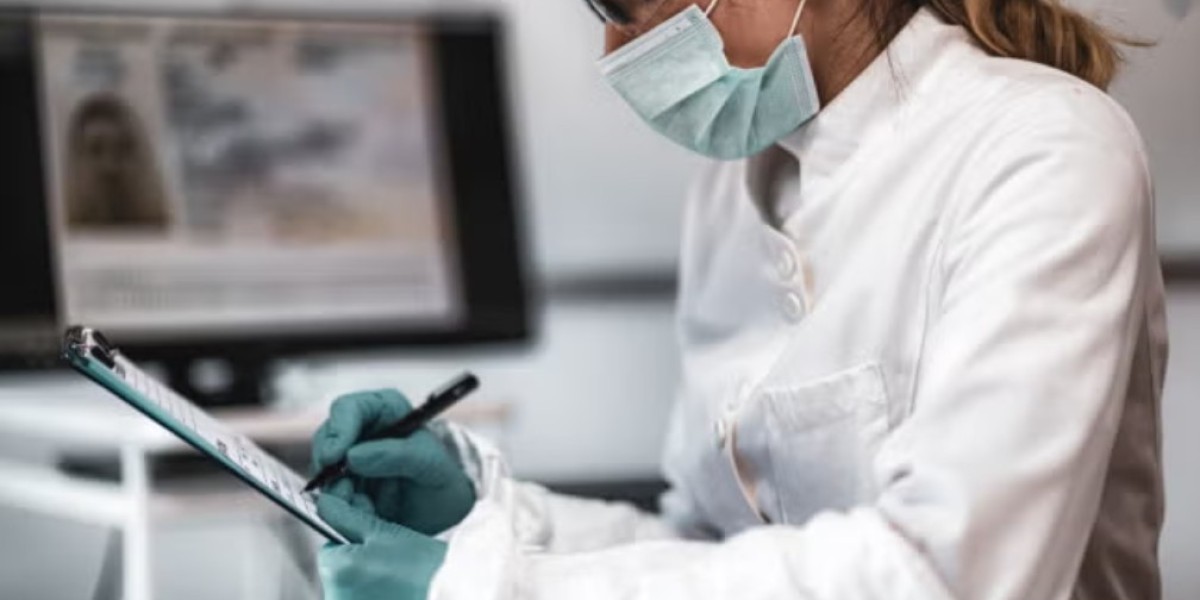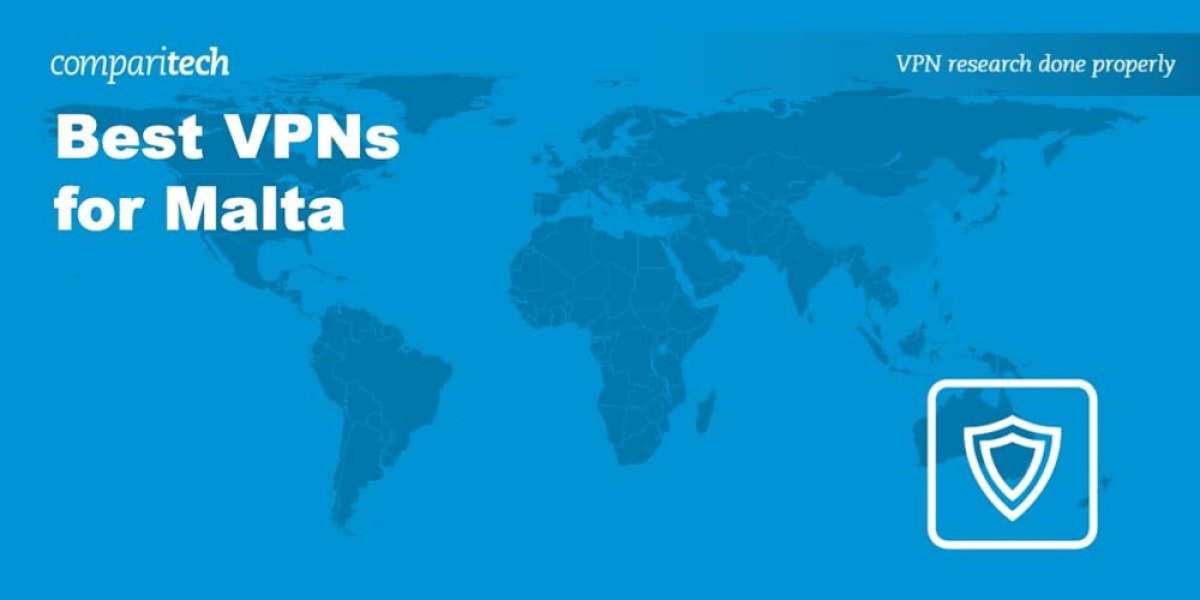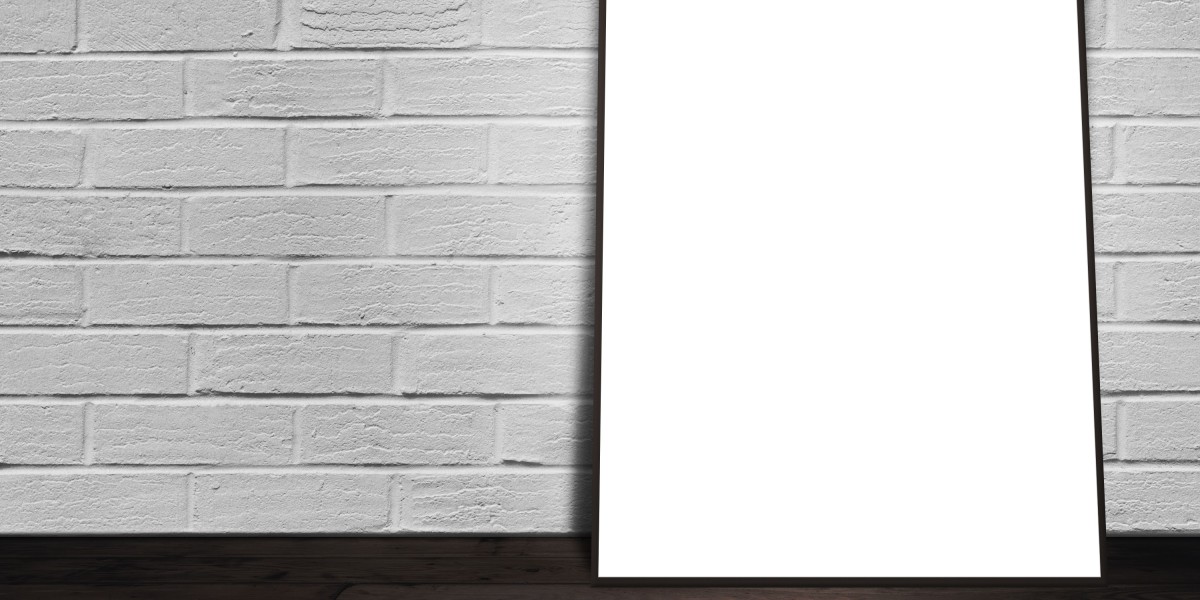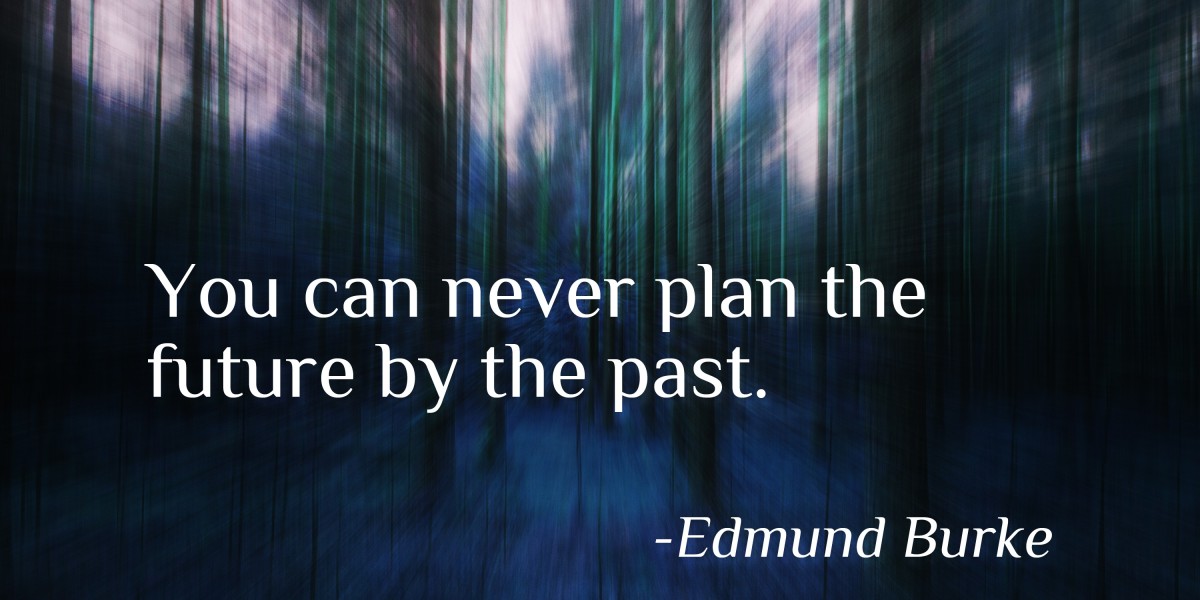Photography plays a vital role in forensic nursing, serving as a bridge between medical documentation and legal investigation. Forensic nurses are responsible not only for patient care but also for collecting, preserving, and presenting evidence that may be used in court. One of the most powerful tools at their disposal is the camera. Through accurate and detailed photographic documentation, forensic nurses can capture injuries, wounds, and other forms of physical evidence that might fade or heal with time. Learning the proper methods and legal standards of evidence photography is an essential part of a forensic nursing course, as it ensures accuracy, professionalism, and credibility in all forensic documentation.
The Importance of Photography in Forensic Nursing
In any investigation involving physical harm, photographic evidence can often make or break a case. It provides a visual record that supports written documentation, helping legal professionals, juries, and investigators understand the nature and extent of injuries. Unlike written notes alone, photographs can show patterns of abuse, weapon marks, or defensive wounds with clarity and precision.
Forensic nurses must understand that their photographs serve both medical and legal purposes. They need to maintain objectivity—capturing facts rather than emotions. Properly taken photographs can help reconstruct the sequence of events, establish credibility in the courtroom, and protect both the patient and the nurse’s professional integrity. Developing these skills through a forensic nursing education helps nurses understand the ethical, technical, and legal aspects of evidence photography.
Essential Equipment for Forensic Photography
While smartphones are capable of taking high-quality photos today, forensic evidence requires professional precision. A forensic nurse should be equipped with a reliable digital camera with manual settings, a macro lens for close-up details, and an external flash to ensure proper lighting. Tripods are also essential for maintaining stability and consistency when taking multiple images from the same angle.
Proper lighting can significantly affect the visibility of wounds, bruises, or bite marks. Using indirect lighting helps avoid shadows or reflections that could distort the image. Forensic nurses are also trained to include a measurement scale—such as a ruler or forensic scale—beside the injury to establish size reference. Understanding how to operate this equipment correctly is covered in depth in a forensic nursing course, where students learn about exposure, focus, and lighting techniques critical for evidence documentation.
Techniques for Capturing Clear and Accurate Evidence
The goal of forensic photography is to provide accurate, detailed, and unaltered documentation. Every image must be a true representation of the patient’s condition at the time of examination. To achieve this, forensic nurses follow several key steps:
1. Start with overall images: Begin by photographing the patient from a distance to show the general body layout and surroundings. This provides context for the specific injuries being documented.
2. Move to mid-range shots: Capture the area of interest in relation to the rest of the body. This helps identify the exact location of each injury.
3. End with close-ups: Use macro photography to capture details like bruising, lacerations, or patterned injuries. Ensure the focus is sharp and the scale of measurement is visible.
Consistency is crucial—each photo should be numbered, labeled, and logged with time, date, and description. Any inconsistencies or poor-quality images may weaken the credibility of the evidence. Forensic photography principles, including patient positioning and documentation protocol, are extensively covered in a forensic nursing training program.
Legal and Ethical Considerations
Photography in forensic nursing involves sensitive ethical and legal responsibilities. Since these images may be used in court, consent from the patient is mandatory before taking any photographs, unless otherwise directed by law enforcement in specific legal situations. The patient must be informed about how the photos will be used and stored, and their privacy must always be respected.
Forensic nurses must ensure that all photographs are securely stored in compliance with hospital policies and legal requirements. Unauthorized access or sharing of these images could violate patient confidentiality and lead to legal consequences. Proper chain-of-custody procedures must also be followed, ensuring that every photo can be traced and verified.
Training through a forensic nursing course provides nurses with an understanding of these ethical guidelines, teaching them how to handle evidence respectfully while maintaining integrity and professionalism in every aspect of their work.
Common Mistakes in Forensic Photography and How to Avoid Them
Even experienced professionals can make errors that compromise the quality of photographic evidence. Some common mistakes include poor lighting, incorrect angles, blurry images, or missing scale references. In some cases, images may be over-edited or cropped, unintentionally altering their authenticity.
To prevent these mistakes, forensic nurses should always check camera settings before beginning a documentation session. Using automatic timestamps and verifying focus for every shot helps maintain accuracy. Avoid using filters or photo enhancements—any alteration, even for clarity, may raise doubts in court. Additionally, taking multiple shots of each injury ensures there is always a backup in case one image turns out unclear.
Hands-on training in a forensic nursing course provides valuable practice in identifying and avoiding these errors, helping nurses develop precision and confidence in their evidence collection process.
The Role of Photography in Courtroom Testimony
Forensic nurses are often called upon to testify in court regarding their observations and the evidence they collected. Photographs play a major role during testimony, as they serve as visual proof that supports the nurse’s findings. Clear and well-documented images can make complex medical terminology easier for judges and jurors to understand.
In such cases, nurses must be prepared to explain how the photographs were taken, how the chain of custody was maintained, and how they ensured the images were not altered. Testifying requires professionalism and factual accuracy. A comprehensive forensic nursing education equips nurses with the courtroom communication skills necessary to explain their work with confidence and credibility.
Conclusion
Photography is one of the most powerful tools in forensic nursing, providing accurate visual evidence that supports both medical care and legal justice. When used correctly, it transforms the way cases are investigated and presented in court. Forensic nurses who master evidence photography play a crucial role in bridging the gap between healthcare and criminal justice.








